Citrus Cultivation in Organic Agriculture
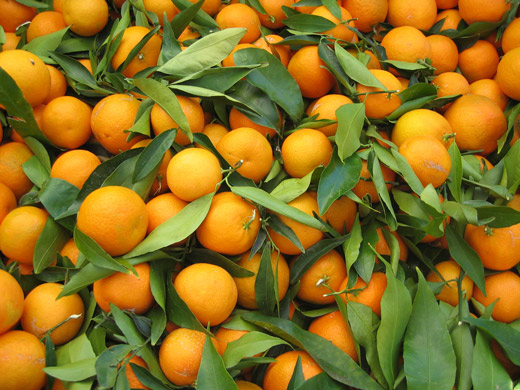
Citrus is one of the main fruit crops in the world, with a production of 96 million tons in the year 2000 (Source: FAO, 2001).
Its cultivation extends from warm temperate zones to tropical zones between 40° north and south latitude.
Ecological or organic farming has been gradually gaining ground, especially in Europe and America, but like all organic farming it has its peculiarities and details to take into account.
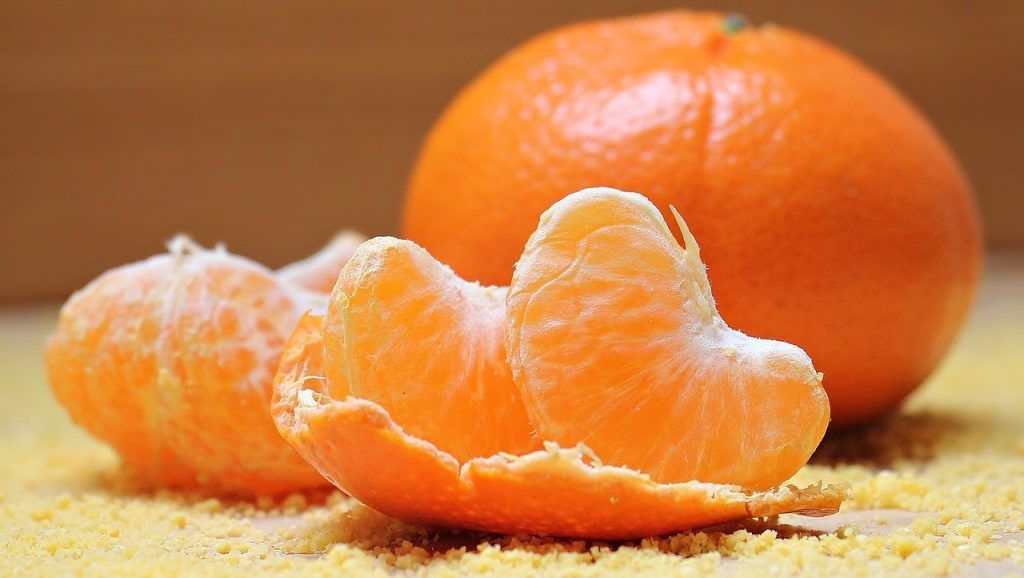
The location of the future organic garden
The location of the future organic orchard, as well as the choice of varieties and rootstocks, are even more important for citrus cultivation, since a productive orchard can be over 40 years old.
For the establishment of a new plot, the following conditions must be respected:
- Light and filtering soils.
- Avoid poorly drained areas and heavy clay-prone areas and soils.
- A pH preferably between 6 and 7.5.
- A warm exposure with good sunlight and no poor ventilation.
- Avoid poorly ventilated low areas where cold air could collect.
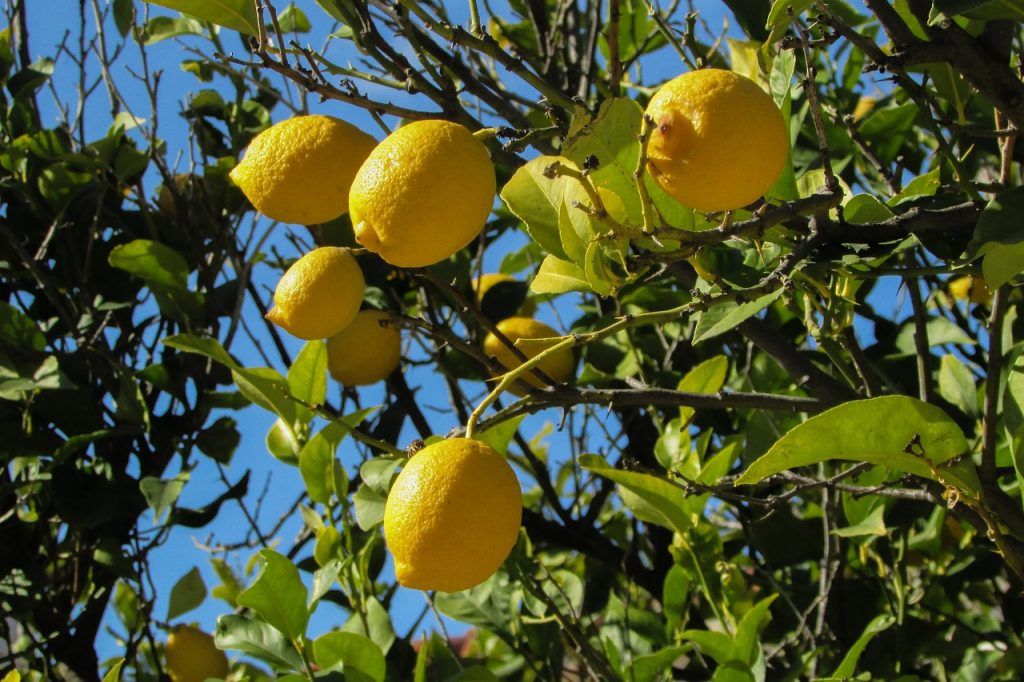
Before you plant, check this
Before planting, it is necessary to prepare the soil well, and even plan one or several years of green manure cultivation, especially in the case of replanting.
Fertilization and organic amendments before planting should be carried out after soil analysis has been carried out to better understand soil organic fertility management.
It is necessary, to limit the risks of Phytophthora, to plant the orange, grapefruit, lemon or mandarin trees on a slight elevation or plateau so that the evacuation of runoff water can be done
Citrus seedlings should be subject to certification to ensure that they are free from major viral diseases such as sadness (viral disease transmitted by aphids):
The good quality of the plants is a determining factor for future plantations. The grafting point must be located at least 30 cm above the crown.
rootstock
In the absence of a specific selection program, the rootstocks used in organic farming are the same as those used in conventional farming.
conventional agriculture. The selected rootstock must be selected according to the type of soil and the variety to be grafted, for example, the reed is not recommended in very limestone areas, the cleopatra will reduce the vigor of the tree, etc.
Major Citrus Groups
- Oranges.
- Lemons and limes.
- grapefruits
- Clementines, mandarins and kumquats.
Its main harvest season is winter and spring, although some citrus varieties can also be harvested in the summer months (Lemon, Valencia-Late orange and early satsuma mandarins).
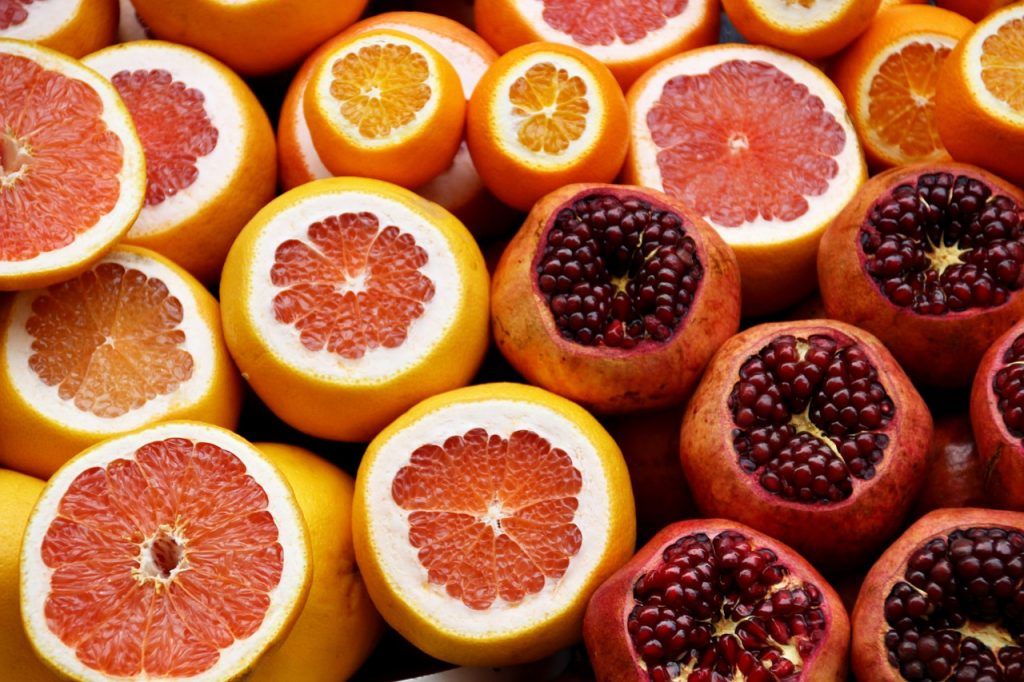
organic fertilization
Organic fertilization of citrus can only be carried out after soil analysis
analysis and knowledge of soil functioning by the producer.
In all cases in organic orchards, any excessive nitrogen fertilization with rapidly mineralizing organic products should be avoided to reduce susceptibility to pests, especially mealybugs.
Pruning: The plantations are formed in the form of a «cup»
Plantings are usually ‘cup’ shaped, with four or five main trunks accompanied by numerous branches.
The selection of the guides or main trunks can be made from the second year of the plantation.
The maintenance pruning of the orchard becomes delicate due to the strong growth of young trees. Its objective will be to stagger the production and favor the penetration of light, division of the terminal shoots, as well as terminal flowering in the spring shoots.
It is imperative not to neglect these operations because the trees tend to close and the sanitary situation of the orchard can become unmanageable.
water needs
Water needs are of the order of 2,500 to 5,000 m3/year/ha. It is preferable to water under the foliage.
pests
Citrus is very sensitive to many species of mealybugs. In organic orchards, tree management (aeration pruning to allow better penetration of treatments) and observation are essential to control these pests.
In Spain, for example, citrus growers can only be treated with mineral oils (homologation and European specifications).
These treatments must be carried out locally in the foci or in their entirety, depending on the affectation. For greater efficiency, it is recommended to target the young larval stages. In case of heavy infestation, oil treatments are recommended during the winter period.
most important pests
- In young plantations, the citrus leafminer is the most important pest. Successive attacks on the young shoots of the year limit the development of the tree and can cause a delay in production of two to three years.
- The Mediterranean fly is responsible for most of the damage in spring or summer, trapping and releasing sterile males is the most effective remedy.
- Cochineal : Ceroplastes sinensis. It has one generation per year, the females are filled with red eggs in June, hatching and spreading in mid-July to the upper surface of the leaves.
- California red louse Aoenidellia aurantii The observed damages are deformations and discolorations, as well as discoloration of the rind of the fruit, which may have 5 to 6 generations per year.
Biologic control
Although there are different authorized chemical formulations that do not leave residues (always produced naturally and not synthetically), the most effective strategy that has been shown to date is to guarantee a sufficient presence of predators or useful fauna so that any damage that may occur cause these pests do not exceed certain thresholds that may endanger the viability, both vegetative and harvest.
For this, it is essential to have weed flora that acts as a refuge from predators on the farms or, failing that, or as a complement, the release of natural predatory insects that are already accessible for purchase in most productive locations.
- How to Fertilize Citrus: The Complete Guide – Sembrar100
- Citrus Diseases: [Types, Characteristics and Prevention]
- Prune Citrus: [Importance, Season, Tools, Considerations and Steps]
- Prune Orange and Lemon Trees: [Importance, Time, Tools, Considerations and Steps]


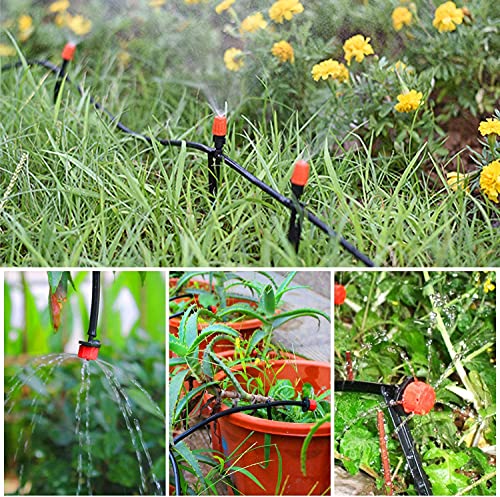

![Photo of Winter Cuttings: [Types, Sowing and Species]](https://www.complete-gardening.com/wp-content/uploads/2022/08/winter-cuttings-types-sowing-and-species-390x220.jpg)

